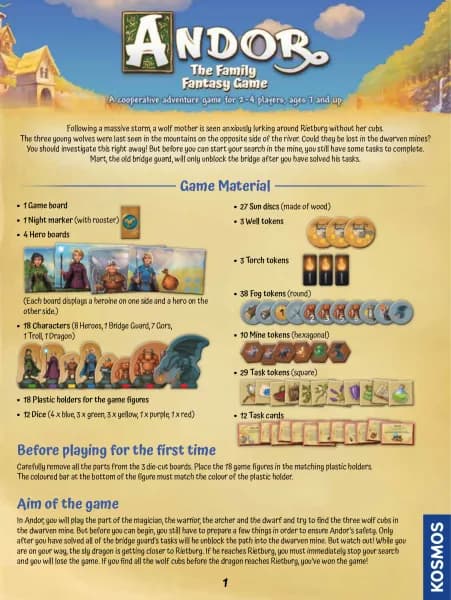Thames & Kosmos Architectural Engineering handleiding
Handleiding
Je bekijkt pagina 15 van 48

Form and Function
Architects design buildings and spaces for people to use. From
the simplest house to the most complex skyscraper, buildings
must serve the needs of the people who inhabit them. In
architecture, it is often said that “form follows function.” This
means that the form, or shape, of a building and the spaces in
and around it depends on what the building is used for. In
addition to the usefulness, architects are also concerned with
the durability and beauty of buildings. If a building falls down
or doesn’t protect the inhabitants from the weather, it cannot
fulfill its function. The beauty of a building is perhaps the hardest quality to define. The way
people feel when they look at a building or occupy a space is an extremely important
consideration of the architect. In this way, art is an important element of architecture. In
addition, the environmental impact of buildings is a growing concern today.
Elements of Architecture
People have been designing buildings and spaces for thousands of years. Over the years, the field of
architecture has developed and with it, a wealth of know-how, terminology, and technology all
related to the design and construction of buildings. Just like writers must understand leers and
words before they can write books, architects must understand the basic elements of architecture
before they can design complex buildings. Here are some examples of the elements of architecture:
13
Load
The Materials Maer
While architects may be primarily concerned with a building’s form and function for the users, the
architectural engineer’s primary concerns might center around geing the building’s systems to support its
form and uses: Does the building’s structure support the weight of its inhabitants? Does the building have
light, heat, electricity, and water in all the necessary places?
How do modern-day architectural engineers achieve the amazingly tall skyscrapers and fascistically
shaped buildings that architects design? Largely the answer lies in the materials they use. Three of the most
critical materials used in building today are steel and concrete.
Steel is a metal that is an alloy, or
mixture, of iron and carbon. It is a
common building material due to its
high tensile strength and low cost.
When you combine the high tensile
strength of steel bars and the high
compressive strength of concrete,
you get another common building
material called reinforced concrete
that is strong in both tension and
compression.
Concrete is a composite material made of
fine and coarse aggregate, like sand and
gravel, bonded together with a liquid
cement that hardens over time. Because of
its high strength in compression and low
cost, it is a common building material.
Open gable Shed Saltbox Flat M shaped
Dormer Hip and valley Gambrel
Pyramid hip Buerfly Lean-to Mansard Dutch gable
Box gable Clerestory
Cube Square pyramid Cylinder Sphere Hemisphere Hexagonal
prism
Cone Half cylinder
ShoulderedHorseshoeSegmentalLancetRound Trefoil Convex Tudor Ogee Tented Parabolic Moorish
multifoil
CHECK IT OUT
Elements of Form
Types of Arches
Types of Roofs
+ =
13
Architectural Engineering
Bekijk gratis de handleiding van Thames & Kosmos Architectural Engineering, stel vragen en lees de antwoorden op veelvoorkomende problemen, of gebruik onze assistent om sneller informatie in de handleiding te vinden of uitleg te krijgen over specifieke functies.
Productinformatie
| Merk | Thames & Kosmos |
| Model | Architectural Engineering |
| Categorie | Niet gecategoriseerd |
| Taal | Nederlands |
| Grootte | 34410 MB |







